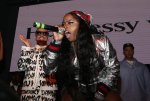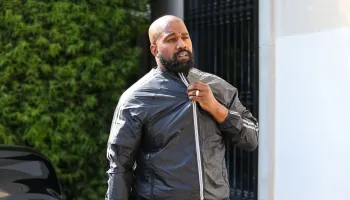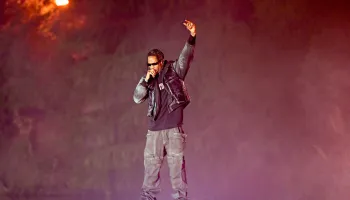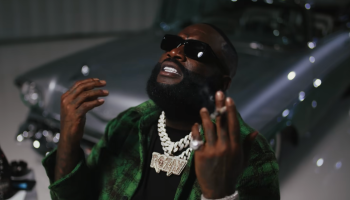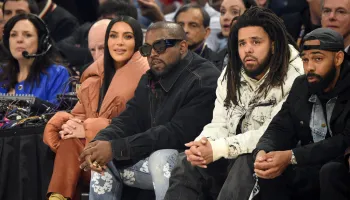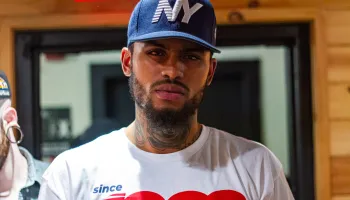In Lamar’s case, how he and the imprint were depicted in the article –Lamar as escaping the dangerous streets of Compton, but still connected to his homes base, and TDE being a budding version of Death Row– is akin to how he and TDE have been illustrated by Hip-Hop outlets. In a XXL’s feature on TDE, label president, Terrence “Punch” Henderson is quoted as saying:
“We’re trying to go on and be listed with the great empires: Death Row, Roc-a-Fella, Bad Boy, Cash Money.”
Henderson expressing a desire for TDE to be seen on the same level as Death Row, and the label being called the “Baby Death Row” by GQ is a hefty serving of irony, with a sprinkle of “be careful what you wish for.”
All of the aforementioned rap empires that TDE presumably looks up to, center around artists whose foundations were built on street life, and criminal activity. Suge once explained that Death Row earned it’s title because “most everybody had been involved with the law,” while Rocafella Records was named after a Brooklyn drug dealer that Jay Z admired (he died of AIDS —check the Nas “Ether” lyric). If TDE’s goal is to follow in the footsteps of these labels, then they must also be prepared for the stereotypes that come with it. This doesn’t make it’s right, it’s just the reality. Henderson and TDE molded an image to “urban” media, that “non-urban” media (i.e. GQ) probably researched in order to learn about Lamar, and the label as a whole.
Publicists, managers, record labels, and even artists themselves, often impose their vision onto the media, and attack when the ideals aren’t carried out to their liking. While this is no secret, it’s not the media’s job to project how a recording artists sees themselves, that’s what the music is for.
Like it or not, writers sometimes write from their own perspectives, just as rappers sometimes rap from their own perspectives.

